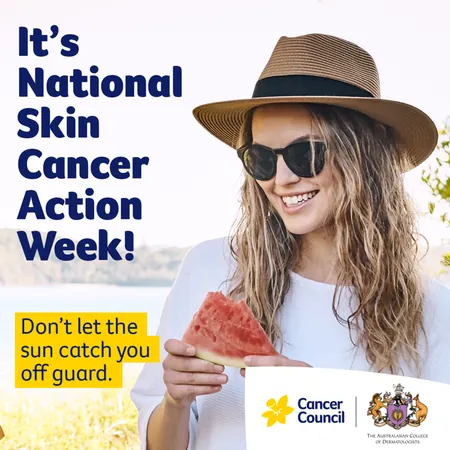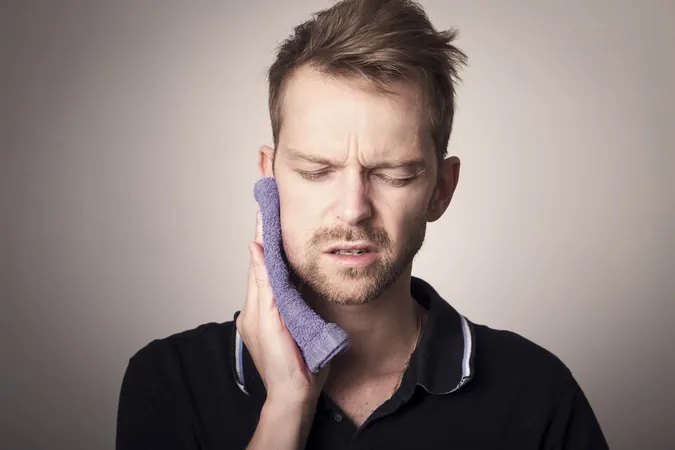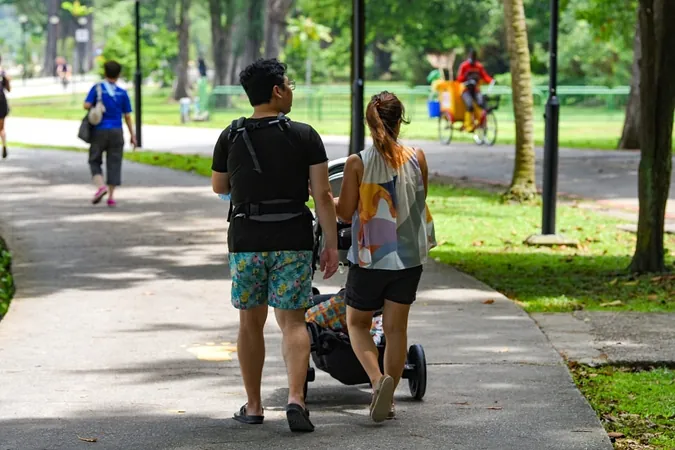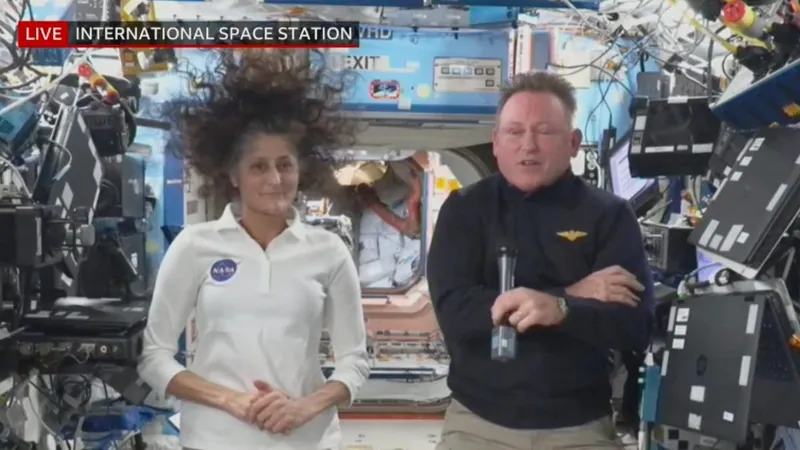
Beware: Incidental Sun Exposure is a Hidden Danger for Skin Cancer - Here’s What You Need to Know!
2024-11-22
Author: Siti
As National Skin Cancer Action Week (November 17-23) approaches, health experts from the Cancer Council and the Rural Doctors Association of Australia (RDAA) are sounding the alarm about the risks of incidental sun exposure—a danger that’s very real for residents, especially those in regional New South Wales.
Skin cancer is often called Australia’s “national cancer,” and the rates of melanoma are skyrocketing in rural communities. Dr. Sarah Chalmers, President Elect of RDAA, emphasizes that despite ongoing awareness campaigns, many still underestimate the impact of incidental sun exposure during everyday activities. “It’s never too early or too late to reduce your risk,” she urges.
Key Factors Leading to Increased Risk
Statistics reveal a shocking reality: older Australians living in rural and remote areas are at the highest risk. They experience prolonged unprotected exposure to UV radiation, often compounded by a childhood history of sunburn. Alarmingly, men are twice as likely to die from melanoma than women. “Regular skin checks and protective measures are essential for older adults,” Dr. Chalmers states, highlighting the importance of familiarizing oneself with their skin and using tools like Self-Skin Checks.
The Striking Reality of Skin Cancer in Australia
Australia holds the dubious honor of having the highest skin cancer rate globally, with estimates suggesting that two in three Australians will be diagnosed with skin cancer in their lifetime. Overexposure to UV radiation—responsible for 95% of melanomas—can lead to skin damage and, ultimately, cancer. During the intense summer months, UV levels across Australia can soar to extreme heights, further heightening the danger.
The Incidental Exposure Threat
It's easy to underestimate incidental sun exposure while engaging in daily activities like walking the dog, gardening, or even hanging out the laundry. This type of exposure, which often goes unnoticed, can still inflict damage on skin cells and elevate your skin cancer risk.
The Cancer Council emphasizes that habits should shift year-round:
Slip on sun-safe clothing that shields as much skin as possible.
Slop on a broad-spectrum sunscreen with at least SPF50, applying it 20 minutes before going outdoors and reapplying every two hours.
Slap on a broad-brimmed hat to protect your ears, neck, and face.
Seek shade whenever possible.
Slide on UV-protective sunglasses.
Understanding Your Skin's Needs
The message has evolved beyond the traditional “Slip Slop Slap.” While being vigilant about UV protection is vital, it’s equally important to get familiar with your skin—monitor for any changes in size, shape, or color of moles and spots and consult with healthcare providers if any abnormalities arise.
Melanoma Hotspots in NSW
A recent survey revealed the areas with the most prominent occurrences of melanoma in NSW, ranking the Western Local Health District fifth among regions like Northern Rivers and Coffs Harbour. Minister for Health Ryan Park stress the urgency of this information, especially with summer approaching, reminding that melanoma hotspots often lie in regional areas, yet the skin cancer threat is omnipresent.
Chief Cancer Officer Prof. Tracey O’Brien AM reiterates the critical importance of sun protection from a young age and throughout life, noting that UV radiation levels remain dangerously high for ten months each year in NSW.
“Even the briefest sun exposure can be perilous,” she warns. Simple actions—seeking shade, wearing sunscreen, donning hats, and protective clothing—are essential steps everyone can take to defend against the hidden perils of UV radiation.
Stay safe this summer and protect yourself from the sun's harmful rays! Your skin will thank you for it!



 Brasil (PT)
Brasil (PT)
 Canada (EN)
Canada (EN)
 Chile (ES)
Chile (ES)
 España (ES)
España (ES)
 France (FR)
France (FR)
 Hong Kong (EN)
Hong Kong (EN)
 Italia (IT)
Italia (IT)
 日本 (JA)
日本 (JA)
 Magyarország (HU)
Magyarország (HU)
 Norge (NO)
Norge (NO)
 Polska (PL)
Polska (PL)
 Schweiz (DE)
Schweiz (DE)
 Singapore (EN)
Singapore (EN)
 Sverige (SV)
Sverige (SV)
 Suomi (FI)
Suomi (FI)
 Türkiye (TR)
Türkiye (TR)